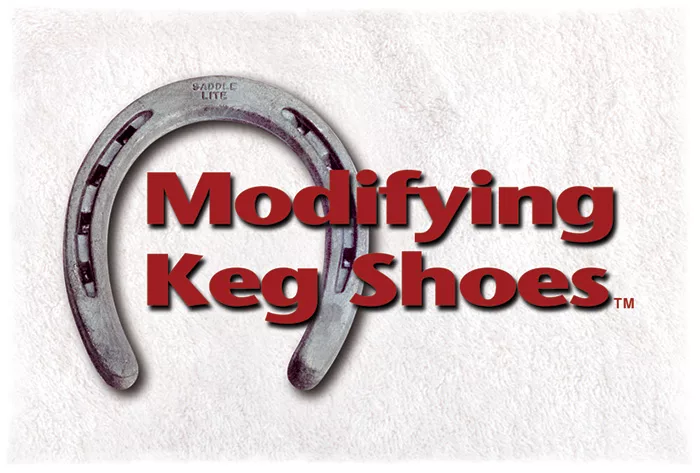American Farriers Journal
American Farriers Journal is the “hands-on” magazine for professional farriers, equine veterinarians and horse care product and service buyers.

Snow and ice often build up in a horse’s feet during winter — more easily in a shod than an unshod hoof.
The shoe traps the packed snow and hinders the self-cleaning action of the hoof. But while unshod feet may shed snow better, many horsemen prefer to have their horses shod for winter riding so they’ll have more traction on ice or frozen ground.
One option is to use snow pads. Another is to shoe just the front half of the foot with a “tip” shoe.
Old-time horseman often used these shoes for horses who were going to be ridden in winter, or those out in a winter pasture who would be pawing through crusted snow for grass. Tip shoes, in addition to providing traction for riding, kept the shoes from wearing away too much from all the pawing.
A tip shoe consists of the front half of a shoe and can be augmented for even more traction with spots of Borium welded onto each side of the toe. If you add Borium, however, be careful not to build it up much. That will put the foot out of balance, since there is no corresponding heel calk to keep it level.
Shoeing only the toe area of the foot leaves the back half bare. This eliminates the trapping effect of the full shoe and allows snow to fall out of the feet more cleanly.
Almost any shoe can be modified into a tip shoe, but…